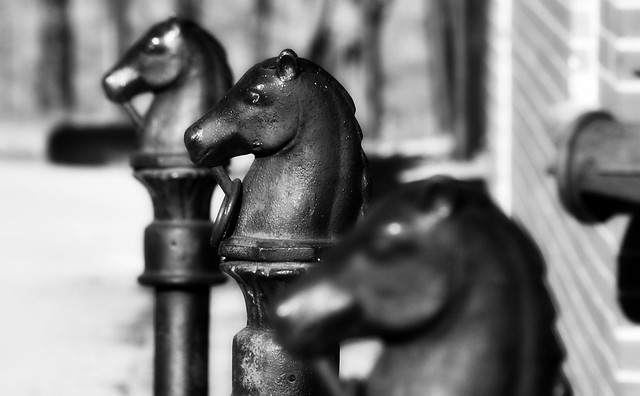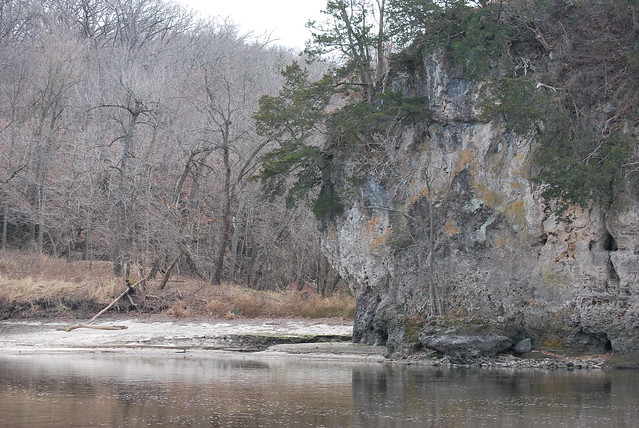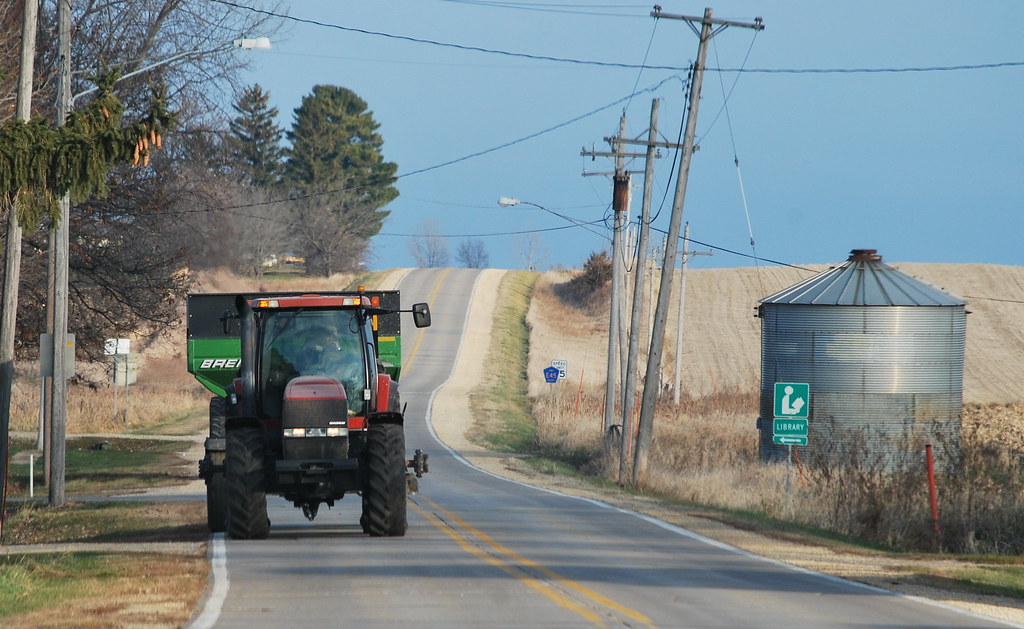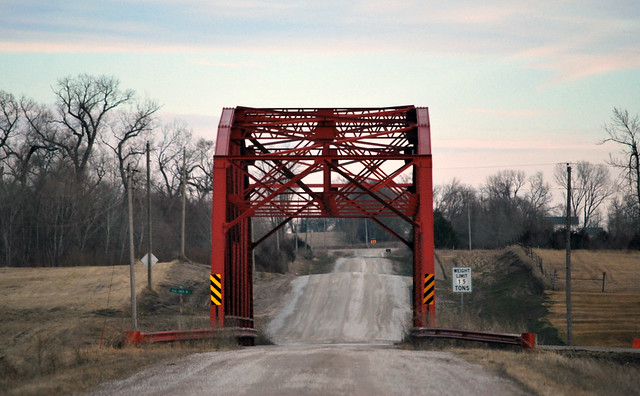 On the last day of 2011, snow remains non-existent in the local 42N area - but for how long? The new year for this longitude is about four hours away. Once crossing into the new year, like transversing this bridge, we have decisions to make for 2012. Let's hope they are as simple as taking the road to the right once over the span. Know that.
On the last day of 2011, snow remains non-existent in the local 42N area - but for how long? The new year for this longitude is about four hours away. Once crossing into the new year, like transversing this bridge, we have decisions to make for 2012. Let's hope they are as simple as taking the road to the right once over the span. Know that.Saturday, December 31, 2011
Bridging 2011 and 2012
 On the last day of 2011, snow remains non-existent in the local 42N area - but for how long? The new year for this longitude is about four hours away. Once crossing into the new year, like transversing this bridge, we have decisions to make for 2012. Let's hope they are as simple as taking the road to the right once over the span. Know that.
On the last day of 2011, snow remains non-existent in the local 42N area - but for how long? The new year for this longitude is about four hours away. Once crossing into the new year, like transversing this bridge, we have decisions to make for 2012. Let's hope they are as simple as taking the road to the right once over the span. Know that.Wednesday, December 28, 2011
Sunnyside Barn
So far the 2011-12 winter has produced zero snow fall at this location west of Norway, Iowa - the daily temperatures are too warm for snow. As this is being written the jet stream is probably maneuvering to bring some Pacific Canadian blast this way next week. That's okay because the 42N snow blower is ready.
This photo was snapped on Christmas Eve during a ride in the country to find interesting scenes. In addition to barns and windmills, the 42N photo staff clicked images of cattle - a subject that the youngest member now photographs professionally out West. Know that.
Tuesday, December 27, 2011
The Search for Iowa Arrowheads
A new park in eastern Iowa has it all, high canyon walls, a river, caves and bountiful animals. With all of that in place including ample amounts of chert (flint,) hard rocks and minerals, one would think the discovery of native arrowheads would be higher than normal.
Well not so today. A look around on this gravel and sand bed on the river's bend resulted in zero spearpoints. So where are they? Any tips out there from arrowhead hunters as to where to look for the ancient artifacts in situations like this? Know that.
Monday, December 26, 2011
Iowa Native Beadwork Vest
Museums showcase many things. In between the pottery, spear points and ceremonial pipes crafted by Iowa natives (Chippewa, Mesquakie and Ioway) is this portion of a vest. It is displayed at the University of Iowa's MacBride Hall Museum of Natural History among the shoes and other outer wear.
This section of the museum is easily overlooked by students because it does not compare to the replica giant sloth (named Rusty) or display of geologic fossils. However the vest is worthy of the same scrutiny of any piece of art. Look at the design and work effort required to assemble the vest. Rusty might be able to draw the crowds of kids, but the museum's diverse display of early Iowa culture will keep them coming back for decades. Know that.
Sunday, December 25, 2011
Things from Christmas Past
Take a stroll through Grapevine Antiques in Amana, Iowa during December and you will find lots of things that people once used to celebrate Christmas.
Large colorful lights once used to decorate indoor Christmas trees now fill a white porcelain pan. A box of red ball ornaments from the 1950s sits nearby.
A toy helicopter without its main rotor blade, stands out among the Santas, old tinsel and nativity scenes. This small item once symbolized fascination with the Santa delivery concept, the emergence of Rudolf, and an ideal of plentiful gift giving of a particular era. Today the copter with a few photographic modifications can still draw the imagination of a once small child. Know that.
Large colorful lights once used to decorate indoor Christmas trees now fill a white porcelain pan. A box of red ball ornaments from the 1950s sits nearby.
A toy helicopter without its main rotor blade, stands out among the Santas, old tinsel and nativity scenes. This small item once symbolized fascination with the Santa delivery concept, the emergence of Rudolf, and an ideal of plentiful gift giving of a particular era. Today the copter with a few photographic modifications can still draw the imagination of a once small child. Know that.
Thursday, December 22, 2011
Roll Out the Wagon
In one of South Amana's town barns, next to the barn museum, sits this working wagon. Perhaps stereotypical of a journalist's recent essay. Know that.
Friday, December 16, 2011
Observations on Stephen Bloom's Essay
This week Stephen G. Bloom, a journalism professor at the University of Iowa published an essay in The Atlantic about his 20 years of living in Iowa. (Read his work here.) His essay is a raw look at the Hawkeye state as it nears the first in the nation presidential caucus season in a few weeks.
Many readers who live in the 42N tall corn state reacted predicatively with outrage. Outside of his right to publish his observations and being critical of his employer (the State of Iowa) there are other issues of balance and context that the author chose not to address.
Bloom, a transplant from New Jersey via San Francisco who landed in Iowa City, enjoys a tenured position at a state university. His essay in a popular culture online magazine is based on a negative image of Iowa and its residents. Are some things true in his observations? Yes. The state's small and aging population coupled with a rural heritage makes easy pickings for dissecting Iowa's current culture as compared to metropolitan living. In his article Iowa's attributes become the basis for why the 29th state to join the Union is allowed to play an important role in the selection of presidential candidates.
What's the difference between this Iowa hit piece from others? Simple, the timing in the publication is directed squarely at the caucus season. Every four years discussion about how this process is structured is vetted. This time it included slashes upon middle America. Secondly, the attitude of the writer is one of projected large city know it all versus the perceived agrian salt of the upper Midwest.
It would be easy to describe New Jersey or San Francisco in terms of deviancy, aloofness, counter culture and other criteria using Bloom's template. But that is not what Iowans or constructive writers do.
Look, each state or region of the country has good and bad issues with all sorts of things like the weather, employment, population, immigration, economy, quality of living, education, etc. But look around. We collectively have the best of many worlds right here in the USA. Sure Iowa is agriculturally based. We provide some of the best corn, soy beans, and livestock to feed the world. And our technology helps many non-farm businesses also from avionics to telecommunications to medical advancements.
Iowa has much more to offer, just like all other states. So what if our mid-continent, land locked state population isn't considered hip or cutting edge. Aren't we all in this together?
Iowans can take the criticism. Iowans can strive to fix what is broke. And, Iowans can highlight the positive qualities of living in such a great country.
For many, Professor Bloom's thought piece is a call to defend our freedoms and way of life between the Mississippi and Missouri rivers. Can we be better? Sure, that idea is what always made America strong.
Iowa's state motto is, "Our Liberties We Prize and Our Rights We Will Maintain." It is a concept relevant to Iowans and to all Americans. In under three weeks we will exercise our Liberty and select qualified candidates for the highest office in the government. Know that.
Thursday, December 15, 2011
Sunday, December 4, 2011
Low Water Fishing at Iowa's Palisades State Park
 Late season fishing on the Cedar River within the Palisades State Park means fewer crowds, fewer bugs and sometimes lower water levels. These two anglers came up empty while I was visiting the sand bar.
Late season fishing on the Cedar River within the Palisades State Park means fewer crowds, fewer bugs and sometimes lower water levels. These two anglers came up empty while I was visiting the sand bar.A lower river level at the park means that the exposed dolomite walls can be more readily explored - if you can get across the river. Not many people can traverse the water from this vantage point so these small caves tend to be less disturbed.
Friday, December 2, 2011
Corn Crib and Barn
Near Ely, Iowa across from a public golf course is an old, but still active farm. On the property is a wooden barn and wire mesh corn crib. In the past, the cribs were used to dry and store corn. Modern versions of on property corn storage are generally large, round galvanized bins that sometimes have propane dryers attached. This particular farm didn't display any signs of livestock so the need to store grain on site may be moot. Know that.
Thursday, December 1, 2011
Late Season Field Work Moves Along the Road
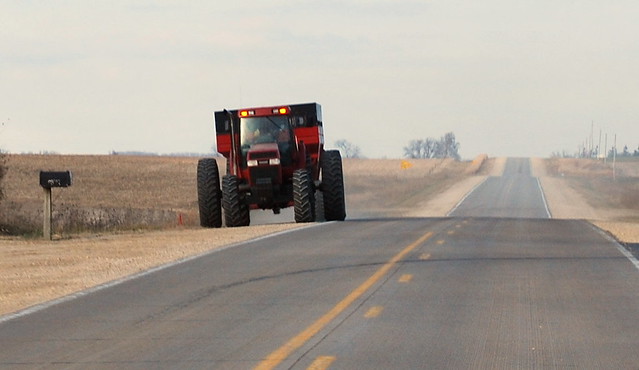 Just ten days ago these scenes were typical of area rural roads around 42N country. I was going to use the intro, "You know you are in Iowa when you see..." but I'm guessing this happens all around the northern US and Canada while the weather is still good. What I observed on this day was a combination of corn harvest and distribution plus some field preparation for next season.
Just ten days ago these scenes were typical of area rural roads around 42N country. I was going to use the intro, "You know you are in Iowa when you see..." but I'm guessing this happens all around the northern US and Canada while the weather is still good. What I observed on this day was a combination of corn harvest and distribution plus some field preparation for next season.
Subscribe to:
Posts (Atom)








